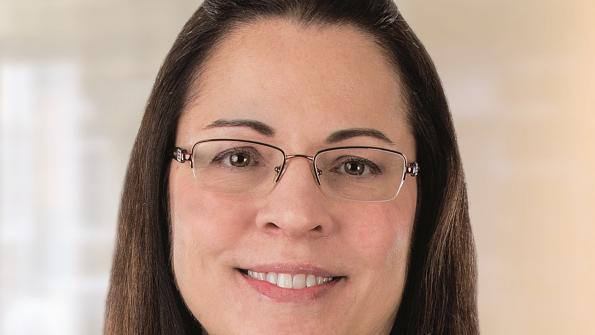Re-evaluate Dealership Personnel Structures, CostsRe-evaluate Dealership Personnel Structures, Costs
It’s beneficial if pay plans align with the dealership’s operating results.
April 17, 2018

Personnel and related costs are the single largest dealership expense. Median total compensation as a percentage of total gross for all dealerships is about 52%, according to Crowe Horwath data.
Personnel count has been increasing for many dealerships, driven somewhat by certain manufacturer requirements and consumer needs. This provides an opportunity for dealerships to re-evaluate the productivity of their employee structure and positions.
Consider the following strategies to find areas for expense reduction related to personnel and associated costs:
Review the organizational chart to determine if unnecessary positions exist.
Assess compensation levels to determine if they are appropriate. (Focusing on the top one-third of compensated employees can be especially beneficial for identifying expense reduction opportunities.)
Gather all employee paychecks for a period, sort them by department, and review and discuss with department managers the employees’ roles and ways to better use their skill sets.
Review paycheck remittances for data points such as overtime and unapplied labor.
Periodically analyze overtime to determine where it is being incurred and what changes can be made to reduce this added expense.
Examine dealership workflow and processes to find opportunities to streamline operations.
Focus on solutions for reducing costly employee turnover.
Examine open positions to determine if they are still relevant and whether they need to be filled.
Use an employee referral program to save on advertising costs and reduce the time it takes to hire candidates.
In addition, dealers should review pay plans and employee compensation for expense reduction opportunities.

Steve Wojcicki
It is particularly beneficial if pay plans align with the dealership’s operating results. For example, dealerships may consider paying managers a targeted salary based on forecasted profits. This equates to a base salary plus a bonus based on achievement of forecasted profits.
If actual profits are higher than forecasted, managers would share in a percentage of the additional profits.
Spiffs paid to salespeople for moving a particular vehicle model should be directly correlated to a specific objective. Ultimately, dealerships should be working toward eliminating the need for such bonuses. They are generally the result of excess inventory or inventory-mix issues. Focus more on balancing inventory.
Examine personnel flowcharts to make sure organizational levels are efficient. For example, some dealerships create a separate business development center to assist the sales departments. But if no changes to the sales personnel’s duties have been made, the BDC could be just an added layer of costs.
Another area within employee compensation that should be examined for cost-reduction opportunities is the pay plan structure for salespeople and F&I personnel/managers. A lack of correlation between pay plans, front-end gross income, back-end gross income and a dealership’s increase or decrease in gross profits can have a negative impact on net income and should be reviewed.
Dealers also might look for ways to reduce costs in employee benefits. Consider customized health insurance plans, such as self-insurance, to better meet employees’ needs and address rising costs.
Some dealers might consider setting up an on-site clinic for employees managed by medical professionals. Such clinics may provide employees with easier access to healthcare and lower costs for certain prescription drugs, which can lead to reduced costs for dealerships.
Regarding workers’ compensation, dealers should seek to better understand the rating basis and how it is calculated – including the impact of full-time and part-time employees – to verify that dealerships are providing proper information. Reviewing employee classification also may help. Certain positions could be classified as clerical rather than sales, which could greatly reduce compensation expenses.
Jodi Kippe and Steve Wojcicki are with the accounting firm Crowe Horwath. They can be reached at [email protected] and [email protected].
About the Author
You May Also Like